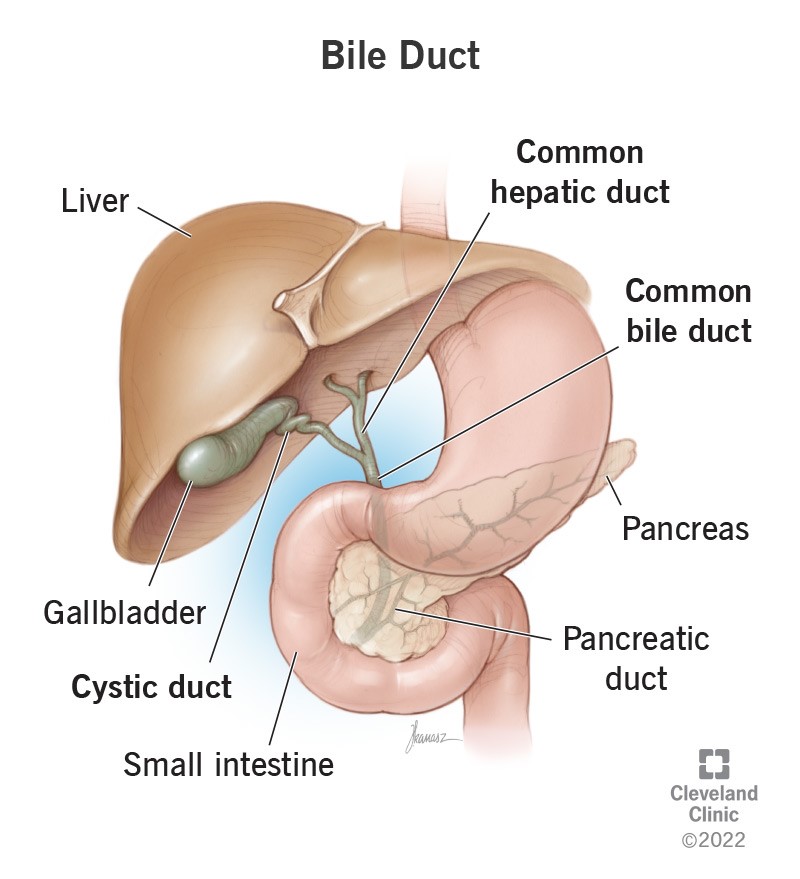Gallbladder
CHOLECYSTECTOMY
The gallbladder is a pear shaped organ hanging from the underside of your liver in the right upper aspect of your belly. Like every organ you have the gallbladder can malfunction. This can occur for various reasons, but by far the most common is from stones. There are genetic reasons to get stones as well as from a poor diet or gaining and losing a bunch of weight. Whatever the reason, most people will live fine with their stones and there is no reason to do anything until there are symptoms. About 1.5% of people with stones will develop symptoms in any given 12 month period. The most common symptoms are pain in the upper middle part of your belly or on the upper right side. This often occurs with nausea. Typically, the attack is set off by eating fatty foods. Fat makes your gallbladder squeeze, so if it has stones, it may not like that. If you want to try to avoid attacks, don’t eat fat. You may find this is harder than you think, and is generally not a good long term strategy.

There is a medicine called Actigall that helps to dissolve stones, but it takes a long time and if you stop taking it they come back. I used to prescribe Actigall to all of my weight-loss surgery patients because they are at high risk for gallbladder problems but stopped after about 10 years because so few people tolerated it or wanted the hassle of taking it forever. Unfortunately, there is no effective medicine for gallbladder attacks and if it is acting up it simply needs to be removed.
The next question I usually get is why can’t you just remove the stones and leave the gallbladder? You’re thinking of kidney stones, where that works great. Gallstones are made of different stuff and not as amenable to breaking apart like that. Furthermore, the worst complication from gallstones is when the stones drop into the ducts that drain your liver. It’s literally the last thing you want to happen. They can get stuck there and make you incredibly sick from something we call cholangitis. They can also block the pancreas from draining and give you pancreatitis. Those are by far the two most common ways gallstones can actually kill you. Therefore, we take the whole gallbladder out along with all of its stones. I also routinely squirt contrast into those ducts and take an X-ray to make sure there are no stones in any of them. This is called an intraoperative cholangiogram.

The only time I don’t do it is if you are pregnant, so as not to x-ray the baby. If stones are found, most surgeons then send you for another procedure called an ERCP to get them out. I have extensive experience in removing these at the time of surgery instead, saving you an extra procedure and more time in the hospital. This is called laparoscopic common bile duct exploration and will also be on your consent. I use a long thin flexible scope to travel down your ducts and grab the stones. It usually only adds around 30 minutes to the procedure. I have to do this around 5-10% of the time.
PROCEDURE
For most people, the surgery is performed in an outpatient surgery center. You will arrive around an hour before and the surgery takes around 20 minutes. You then recover for an hour and then go home. You have to be completely asleep with general anesthesia, so you will be out of it the rest of that day. Most people are sore for only a few days. Many people have told me it feels like you did 100 sit ups yesterday. I typically perform them on Fridays, so most people can do desk work on Monday. Most surgeons use 4 incisions, I find this unnecessary, and for the last 3000 cases I have used 3 incisions. If you are especially worried about any visible scars, I can also do it through 1 incision at your belly button.
RESULTS
You live fine without a gallbladder, and since 700,000 are removed every year in the US, I’m sure you know someone who doesn’t have one. Some people will get a little diarrhea, but it’s usually short lasting. Only 1 in 500 people get diarrhea bad enough to require medicine. Some people notice some new food sensitivities like to dairy or tomatoes, but this also usually gets better. The vast majority of people never miss it.
RISKS AND COMPLICATIONS
There are many bad things that can happen if you have an inexperienced surgeon. The worst would be accidentally cutting the ducts that drain the liver, or puncturing your bowel. Fortunately, in 25 years I have not run into this. Another common issue for surgeons new to laparoscopy is the need to convert to a large incision if the surgery gets tough. The last time I had to do this I was still learning and Bill Clinton was president. I have seen exceedingly few complications, even minor ones, after this surgery.
Diet after surgery
Once the gallbladder is gone, it will not bother you anymore. As mentioned, some people become sensitive to dairy or other foods after removal, but the vast majority have no issues and can eat anything they want.
